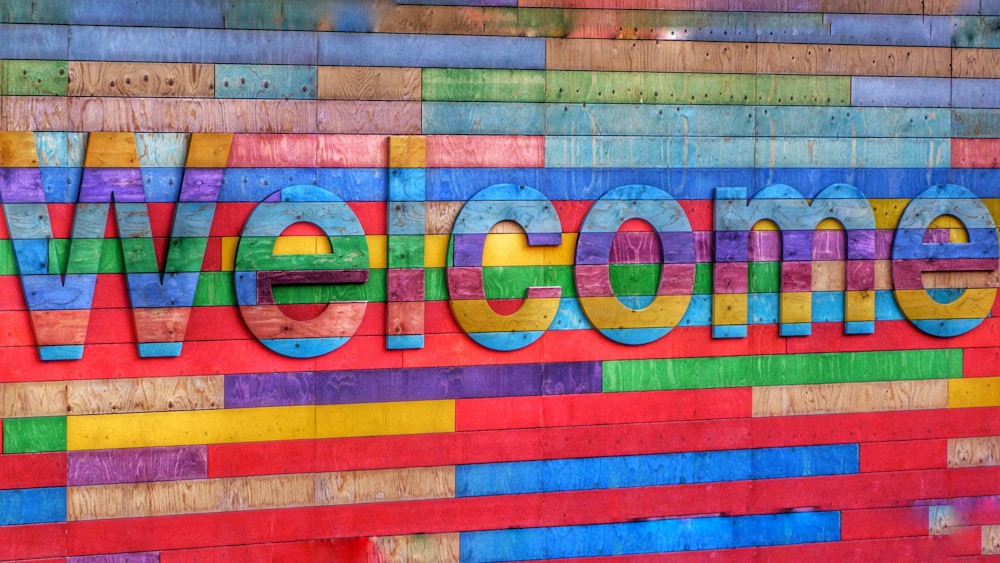The retail sector has been through a lot during the pandemic. We can’t blame the global health crisis for all the challenges that retail businesses face. Businesses have needed to be smart and creative to survive the pandemic. But, they also need to adjust to a change in mindset and behaviors that has been happening for years.
Indeed, retail businesses need customers to survive. Unfortunately, when you run a physical store, you rely on individuals who come to your premises. Half the battle is to get people to walk to or in front of your boutique. With a variety of entertainment options and savvy digital shoppers, it’s getting harder to find people in shopping malls. So how can retail companies make sure that customers can find them?
Through demographic databases
Where do your local customers shop? Where do they live? How much do they earn? If you already have a clear idea of which demographic group you wish to target, then tailored database marketing such as direct mail advertising could be the quickest and easiest way to get noticed. While direct mail isn’t a novelty, it remains a highly effective strategy for businesses who want to reach out to a specific group of customers. With the correct database, you can narrow down the most relevant customer persona for your offering.
By capturing their attention online
Social media can bridge the digital gap and encourage people to wander outside of the known path. If your shop is a less traveled street or area, turning to platforms such as Instagram or Facebook can ensure it receives plenty of visibility. Ultimately, online visibility translates also into the real world. Customers are more likely to get out of their way to find you if your shop appears in their social media feeds. Why not reach out to local influencers to ensure that the message gets seen by the right people? Local influencers can help target a specific geographical area. In many ways, these micro-partnerships are more likely to be effective on a small scale.
With visual signage
A good sign acts as an eye-catcher for bystanders. People are always running errands in town, whether they are just popping to the local coffee shop for an order to go or heading to the post office. Unfortunately, when time is short, the mind stays focused on the task at hand unless you can attract someone’s attention. That’s where effective signage can make a huge difference. Large fonts, purposeful messaging, smart placements can be all it takes to attract the eye.
Let’s not forget traditional online marketing presence
A retail business can still maximize its online presence to drive footfall. Ensuring your business is on Google Maps through the Google My Business tool can help capture local visits. Search Engine Optimization may not seem relevant to physical companies at first. But they can help potential customers who are looking for a specific product. Someone who’s looking for a cake tray available on next-day delivery, for instance, could be easily convinced to stop by your shop the same day to buy a tray they’ve seen on your website.
The retail industry needs to maintain its visibility across offline and online areas. Reaching out to the most relevant audience can help increase footfall. Indeed, the first mistake of retail shops is to rely too much on their brick-and-mortar presence and not enough on marketing activities that boost visibility.

